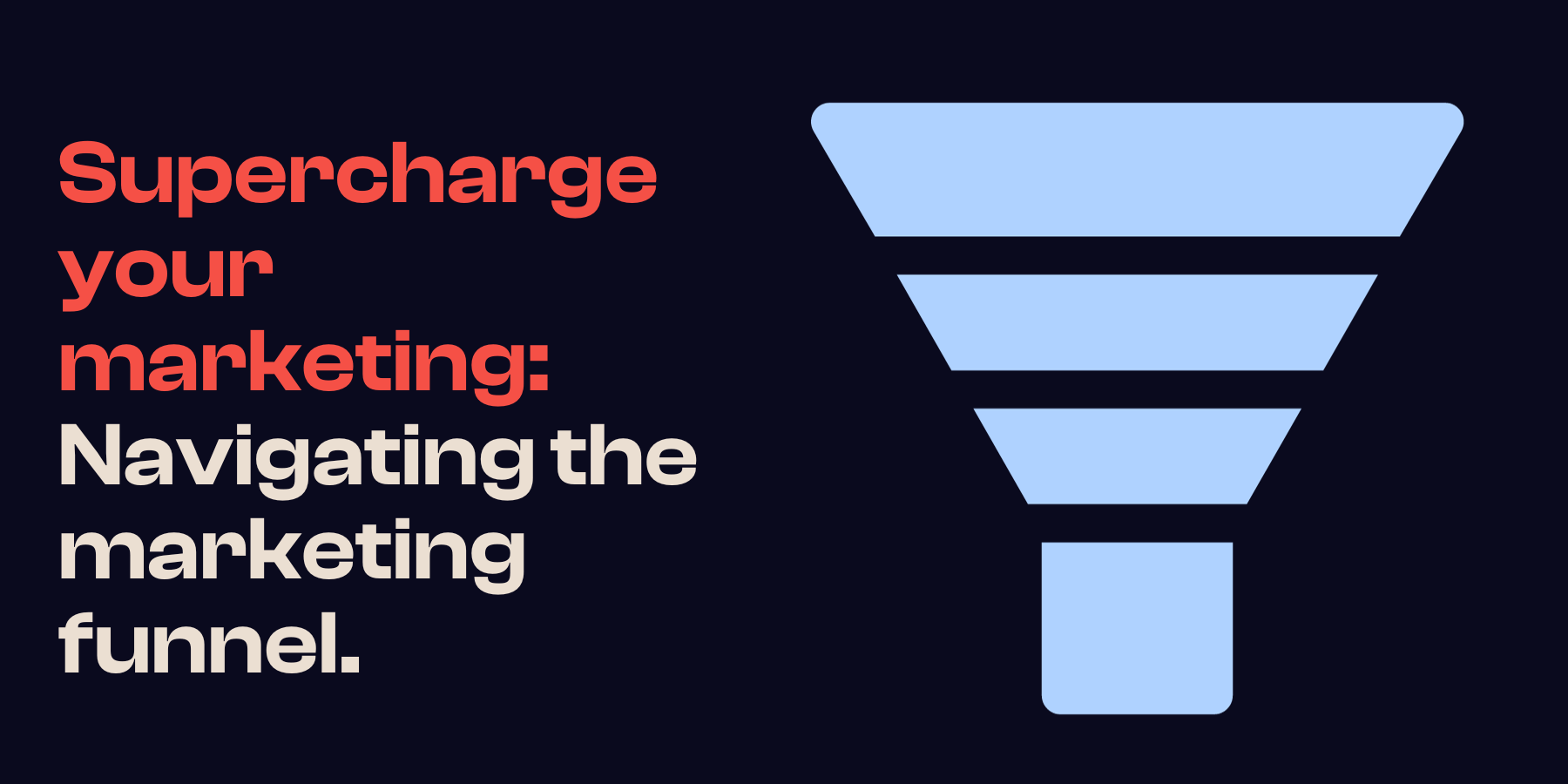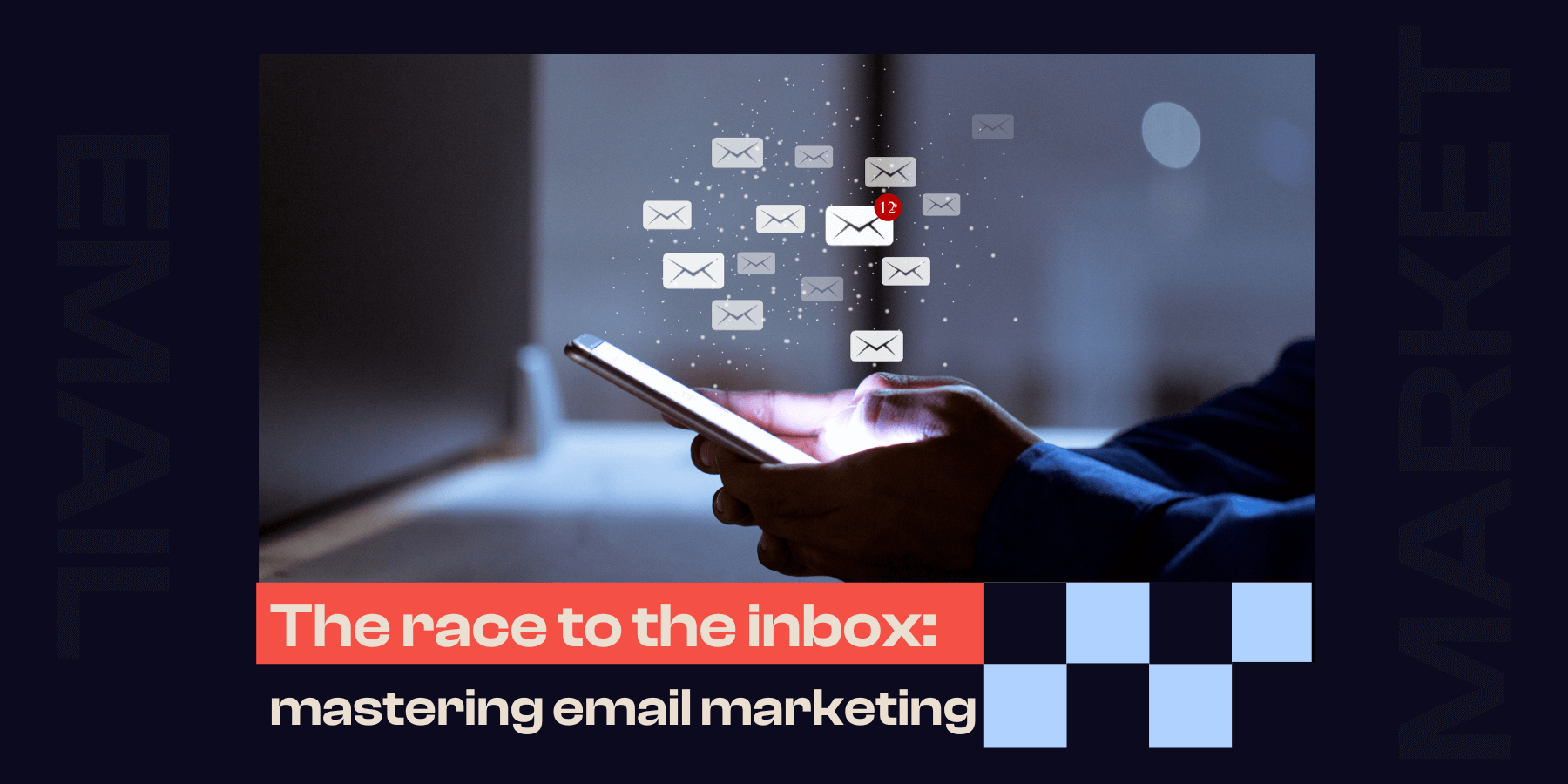What is Marketing Automation and why do you need it?

Last updated: 30 October 2020
If you haven’t heard of marketing automation yet, you might as well have been living under a rock!
As defined by Weidert.com, “Marketing automation is the use of software and web-based services to execute, manage and automate marketing tasks and processes”.
Simple enough to understand right? Well if this has already captured your curiosity, listen in.
There is so much more to learn about what this can do for your business.
How does marketing automation work?
So, does this all mean that I can now sit back and let go of my day to day marketing activities?
Well… no.
Marketing automation helps manage and automate many tedious and repetitive marketing tasks. However, it isn’t designed to replace every marketing activity performed by marketers. What it does do is provide a business with more time for activities such as marketing strategy, design and other creative tasks.
Marketing automation also reacts faster than a human can. This allows the marketer to therefore establish better operational efficiency and grow revenue faster.
Therefore by leveraging marketing automation, marketers can focus more on the tasks that they need to.
So is it more than just improving email marketing?
Yes. To put a common misconception to bed, email marketing isn’t the be all and end all of marketing automation. Whilst many companies tend to use email marketing heavily for email campaigns, marketing automation can help with a lot of other things too. This will be explained a little later on.
Watch our on-demand webinar about email send time optimisation and learn how to time your email sends to perfection and increase your open rates!

Do I need marketing automation?
It may all sound great to automate a lot of your marketing processes to make things easier to handle as a business. But how and when do you know you’ll need marketing automation and if you’ll actually benefit from it?
This short explanation might help.
There comes a time when one-on-one connections and dealings with customers becomes too much for a marketing department. Put simply, in order to generate sales leads and produce greater revenue, your marketing department will become too stretched. Demand for a more personalized service and marketing efforts is now needed. This is a good time to bring in and adopt marketing automation in your business.
You might also ask yourself, “do I have enough leads coming through my website?”. Or “do I have healthy organic growth throughout my digital marketing efforts?”. This is also a good time to decide whether or not you should use automated marketing.
If you are experiencing the above, marketing automation can help turn these leads into customers. It can also help you push them further down the buying cycle to try and establish more revenue.
Furthermore, automated marketing can also work in real-time to prevent losing jobs or potential leads.
Take an online form for example.
A visitor may fill one out and it’s now ready to be interacted with (replied to). However, without any automation setup or staff standing by to respond, this form will either be forgotten or missed. This is where marketing automation can really benefit a company through lead generation and not missing out on valuable customers.
What to look for in a marketing automation tool
There are a whole range of different marketing automation softwares available to your business. And actually many free marketing automation platforms. Each platform has many different features and uses.
We will go into each of these varying types of software shortly. But for now it’s worth understanding exactly what you as a business might need from an automated marketing tool. And there’s usually a lot to consider.
A good first step in understanding what tool will suit your business, is to find out more about your customer’s journey.
Understanding your customer’s journey
A customer’s journey is simply the transformation from being a lead to becoming a paying customer. This includes the steps and process that a customer will take from hearing about your business to purchasing from your business. The customer’s journey is therefore very important in deciding what type of marketing tool your business will need.
Every customer will have a different journey before they decide to buy. However, luckily for marketers, a lot of automation programs can be used to capture each of these different journey’s. This means capturing (through automation) the different ways in which a potential customer can engage or interact with your business (ie - your website). And to this extent there are many ways to do this.

Don’t go for just any automated marketing tool
You really don’t want to purchase just any automation software for your business.
Take MailChimp as a good example. It is an excellent software program that uses automated email interaction to keep in touch with leads and potential customers. This is great for emailing and messaging potential customers and leads.
But, as any marketer would know, email isn’t the only way to connect and follow up with leads. It’s just one way. Emailing also isn’t the only interaction that visitors take on your website either.
Playing a video, signing up for an e-newsletter, or in terms of social media, clicking the like button, all constitute an ‘action’ on your website. So, your best bet is to have a software that captures workflows and tracks every possible action taken by a potential customer.
To put it in perspective, here are a few more examples of what automated marketing software can do:
- Manual email creation (ie, for forgotten cart items, special discount offers etc)
- Automate social media postings
- Coordination of SMS messaging
- Online advertisement placements (Google Adwords etc)
- Coordinate chatbot autoresponder messages
This should give you a clearer picture on exactly why you’ll want to have more advanced and engaging workflows.
The more advanced the workflow, the better the chance you have of capturing a new lead or customer.
Take ‘Drift’ for example.
Drift is a social media chat bot that produces an automated messaging system when your business is closed. This is perfect for connecting with potential leads and customers when you otherwise could not. A fine example of how business that would normally be lost out of hours, can be saved by deploying marketing automation.
How do I get started?
So in essence when looking for the ideal automated marketing tool, you’ll want a platform with a variety of inputs and multiple client touchpoints. This means having a platform that captures every type of possible customer journey and customer interaction. More importantly, this also provides a higher chance of capturing leads to turn in to customers.
So now you know a little more, it's worth looking at a few things that can help you get started choosing the right marketing tools.
First of all it’s best to look at your tech stack. This is all the underlying elements of a web or mobile application that you’ll use to perform your digital marketing activities. There are also integrations with your tech stack that you’ll need to consider. However these will depend on what type of marketing automation you’ll want to perform for your business.
This all may seem a little complex, but let me explain.
Take the highly popular and versatile Hubspot marketing automation platform for example. It has many capabilities for digital marketers and also many integrations. These integrations include programs such as PandaDoc and Drift - just to name a few.
PandaDoc is used as a special integration tool to manage all a business’s sales documents more efficiently and effectively. Whilst Drift is also an automation system used to integrate live chat on your website so visitors don’t leave without making an action (ie - connecting with the live chat).
So, as you can see you will need to carefully consider which type of marketing tool to use before you can setup any type of marketing automation. This is key in getting started with an automated marketing tool and determining its effectiveness and efficiency. A word of warning too.
Don’t just dive right in and choose a marketing tool because of its appeal. If done, you might end up with a techstack that doesn’t integrate. Your automated marketing tool could then have limitations, or worse become unusable.
A final note
The ultimate goal of using marketing automation platforms is to create effectiveness and efficiency in marketing business practice. It’s also important in capturing the customer’s journey and turning leads into converted customers (lead generation).
When leveraged properly, many automated marketing platforms can free up time for other important marketing tasks too. With the many tasks that marketers find themselves with on a daily basis, there should be no excuse not to adopt marketing automation. Put it this way. If you don’t, with 51% of marketers already incorporating this into their work, you will definitely start to find yourself falling behind.
If you need assistance with your marketing automation, call the experts! Refuel Creative has helped many businesses streamline their marketing for winning results! Book a meeting with us to discuss your needs.






